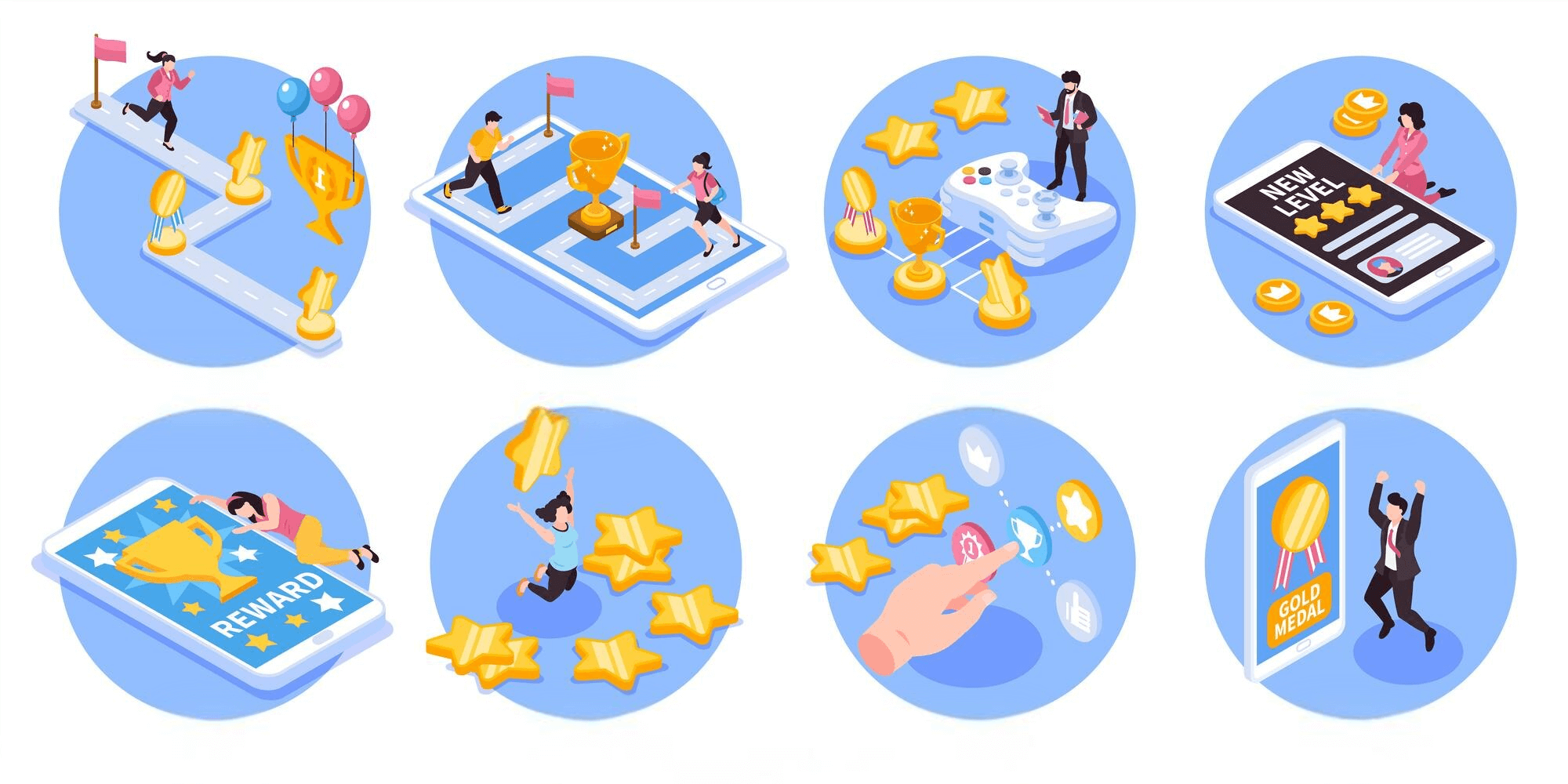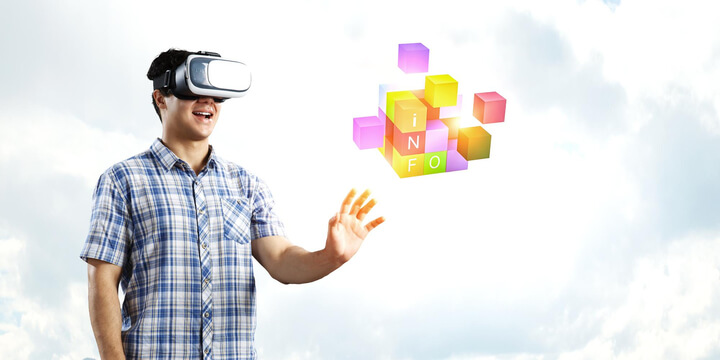Word puzzles are no longer just about solving crosswords or guessing words. They have evolved into highly engaging games that use gamification to keep players coming back for more. But what is gamification, and why is it so effective in word puzzles?
What Is Gamification?

How Gamification Works in Word Puzzles
- Daily Rewards and Streaks
Many games, such as Wordscapes and Wordle, encourage players to return daily by offering rewards or tracking streaks. For example, maintaining a streak in Wordle gives players a sense of accomplishment, while Wordscapes provides coins or hints for logging in regularly. - Levels and Progression
Word games like Word Connect use levels to keep players motivated. As you solve puzzles, you unlock new and more challenging ones, creating a sense of growth and achievement. This progression keeps players invested for longer. - Achievements and Badges
Games such as Words With Friends offer badges or achievements for completing specific milestones, like playing a certain number of games or using rare words. These visual representations of success encourage players to aim for more. - Competitions and Leaderboards
Leaderboards tap into players’ competitive side. By comparing scores with friends or global players, games like Scrabble GO create a social experience that motivates players to improve. - In-Game Vouchers and Rewards
Many word games like Cash For Titans give vouchers of famous brands after winning and redeeming Titans. This helps the player to stay motivated and earn while playing.
Why Does Gamification Work?
Gamification works because it appeals to basic human psychology. The reward system triggers dopamine, making players feel good when they complete a challenge or earn a reward. Features like leaderboards and achievements create goals, which give players a sense of purpose and motivation.
The Future of Gamification in Word Games

As technology advances, gamification in word puzzles is becoming even more sophisticated. Developers are now integrating social features, customizable avatars, and augmented reality to enhance engagement. For example, games may soon allow players to create their own puzzles and challenge friends, blending creativity with competition.
Conclusion
Gamification has transformed word puzzles from simple games into immersive, rewarding experiences. By adding elements like rewards, levels, and leaderboards, developers ensure that players stay hooked while improving their vocabulary and problem-solving skills. So the next time you pick up a word game, know that it’s not just about the words—it’s about the experience.